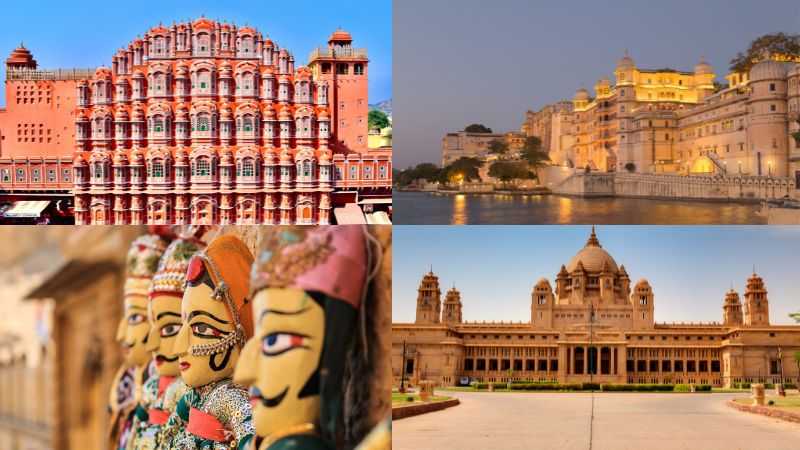
India is the land of diverse tradition and culture. Paying tribute to the legacy, UNESCO has inscribed a list of intangible cultural heritage that will no limit itself to monuments, choices of things or a specific places; it also contain tradition which have been exceed through generations as a means of life. UNESCO Intangible cultural heritage India includes arts, festive occasions, social practices, rituals, customs, tradition, knowledge, practices and particular skills to create traditional crafts.
When confronted with changing times, the intangible cultural heritage has been lost. To maintain these vast riches, UNESCO lists these cultural practices in India. Indian has a complete of 13 such representative ones in the list of the intangible cultural heritage of Humanity.
This is a list of the proud stories to the abundant, diverse and unique cultural history.
Kumbh Mela is reputed as "the world's most significant act of beliefs". Now, the UNESCO has known the spiritual event as an "intangible cultural heritage of humanity" in 2017. Kumbh Mela performs a central religious role in India. The function summarizes the research of astronomy, astrology, spirituality, ritualistic customs, traditions, and cultural making it extremely abundant with knowledge.
Every 12 years, devotees get at any of the four locations - Haridwar, Allahabad, Nashik - Trimbakeshwar, and Ujjain Simhastha - to bathe in the holy waters of River Ganga, Triveni Sangam (confluence of Ganga, Yamuna and Saraswati), River Godavari and Kshipra River respectively. The ritual show is thought to free from previous sins (karma), therefore becoming qualified to receive liberation from the routine of birth and death.
Kumbh Mela (the festival of the sacred Pitcher) is the most significant peaceful congregation of ascetics, saints, sadhus, aspirants - kalpavasis and folks from all strolls of life, without the difference in caste, creed and position, gathered for the divine event.
Yoga is historic tradition of health that has gained international identification. It generally does not come as a wonder that on 2016, Yoga was inscribed on the UNESCO list of intangible cultural heritage. The historic Indian practice is dependents on unifying the mind with the body and soul to permit for better mental, religious and physical well being.
Thought to have originated as a data of the ''Rishis'', holy souls who experienced attained spiritual capabilities with years of disciplined life. The awareness was later offered to the world. Group of poses, meditation, controlled breathing; word chanting and other techniques are an integral part of Yoga. The practice of Yoga is thought to assist in self - realization, ease any suffering and invite for circumstances of liberation. Typically, yoga was sent using the Guru - Shishya model (master - pupil) with experts as the key custodians of the data. The Yoga Day in Rishikesh is a special event of the historic wealth of understanding of health and fitness.
Navroz, the festivities of the Iranian New Year is an event that is inscribed by UNESCO as intangible cultural heritage. The event is celebrated by Parsi, followers of Zoroastrianism all around the world. Navroz has its kind of custom, tradition, ritual and festivities spread over a huge area. Azerbaijan, Afghanistan, India, Iraq, Iran, Kazakhstan, Pakistan, Kyrgyzstan, Tajikistan, Turkmenistan, Turkey, and Uzbekistan.
Navroz is the New Year, a start for both week festivities. India celebrates Jamshed Navroz. Exchanging of gift, feasts with relatives and buddies are common activities although some countries likewise have street shows of music and dance, public rituals including water and open fire, traditional activities and the making of handicrafts and merry - making. The tiny community of Parsi and their lifestyle is gradually depleting, therefore must be maintained for continuity in the coming years.



5000+Completed Tours
GloballyReconized
25+ YearsQuality Services
callCall Us for details (+91) 9829248899
Leave a Reply